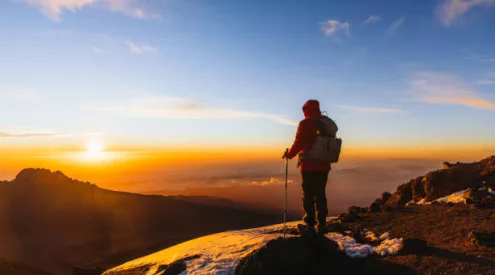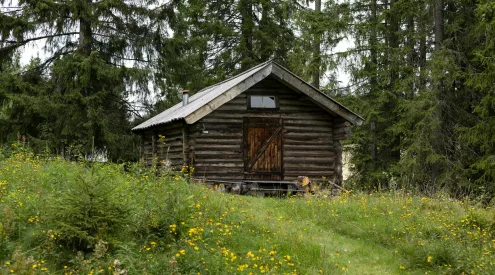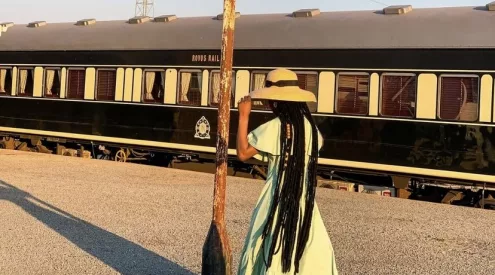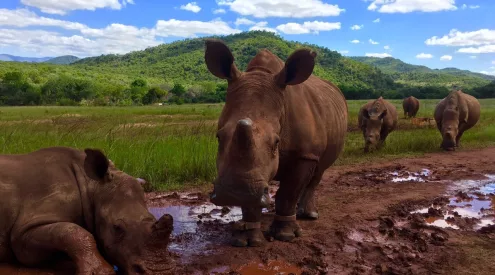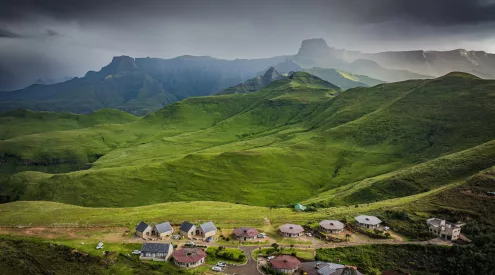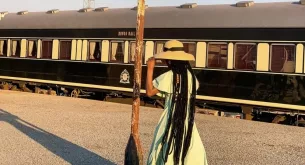Oil and gas explorations are underway in the Kavango basin in Northeast Namibia and Northwest Botswana, one of Africa’s most sensitive protected areas.
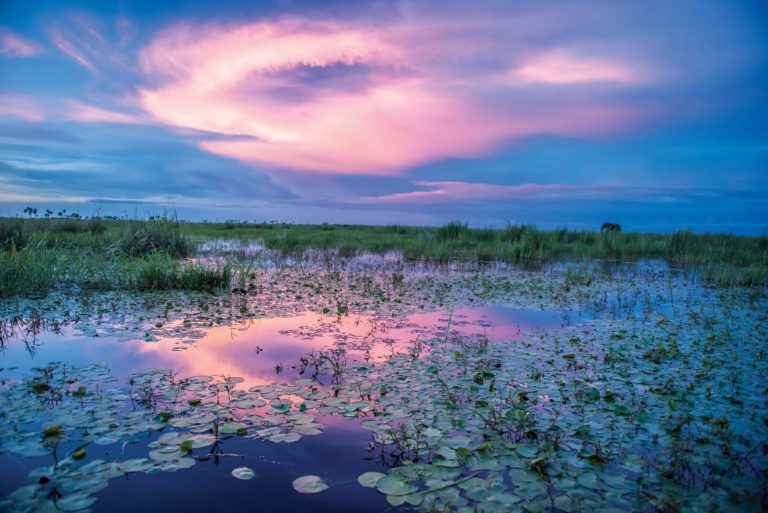
The Okavango is a UNESCO World Heritage Site. Credit: Justin Fox
ReconAfrica, a Canadian-based oil and gas company, drilled exploratory wells to provide a complete picture of the geological area in April 2021. They announced that preliminary results indicate that there is a working petroleum system in the Kavango basin. There are estimated to be up to 120 billion barrels of oil, which would make it one of the biggest oil finds of the last few decades.
The company is collaborating with the governments of Botswana and Namibia to explore and confirm their resources, receiving permission from the Namibian government to build three wells for exploration studies. ReconAfrica owns a 90% interest in petroleum exploration in Nambia and 100% exploration rights in the Kavango basin of Botswana, where, if the exploration proves successful, they will be entitled to a 25-year production license.
There is serious concern about the impact the drilling could have on the interconnected waterways of the basin. Surina Esterhuyse at the University of Free State’s centre for environmental management commented that there is little known about groundwater resources in a targeted oil and gas extraction area, especially when considering the area is a vital transboundary water resource.

Map indicating the exploration sites. note the proximity to the delta and other national parks from ReconAfrica
There are numerous potential dangers, but because the drilling sites are upstream from the Okavango delta, the most pertinent issue revolves around water contamination. With fracking, a mixture of chemicals and water are injected into the underlying shale at high pressure to crack open the rock formations to release the trapped oil and gas.
This poses risks below and on the surface; if wells are not sealed properly, they can leak into the underlying groundwater. There is also very little known about the underlying hydrogeology in the Kavango basin, which could present further complications.
On the surface, a large pit is used for the waste fluids that rise back to the surface after fracking. This poses further potential risks as it could further seep into groundwater if it is not sealed properly or leech into surrounding streams. There are then concerns that this could affect the surrounding wildlife, which includes elephants, wild dogs and martial eagle, the latter two are critically endangered.
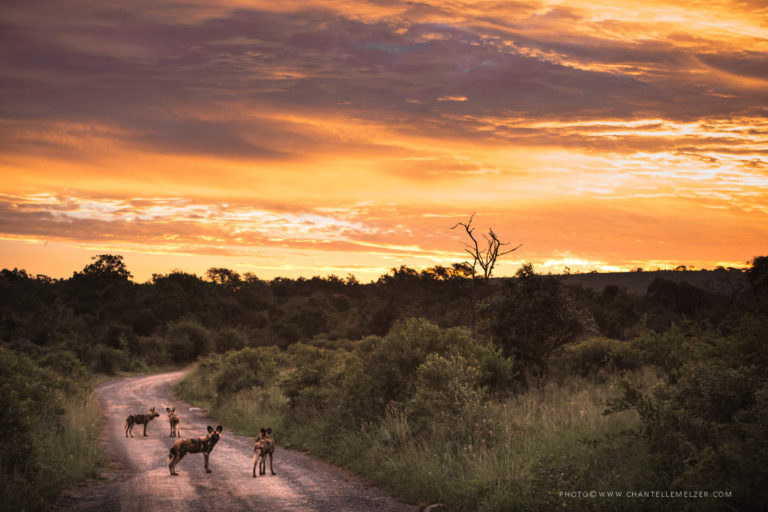
The Okavango Delta is one of the few remaining strongholds for the endangered Wild Dog. Credit: Chantelle Melzer
Recently deceased Wits scientist Bob Scholes, who served on the Intergovernmental Panel on Climate Change, called the exploration a stupid bet; that speculating on a new major fossil fuel resource when the world has an overabundant supply and a need to reduce consumption, stating that it is morally and environmentally dubious.
The company did compile an environmental impact report which is currently open for public comment in Namibia. This report has been challenged by 37 Anglican Bishops and Archbishops from around the world who have signed a petition that calls on Namibia to halt exploratory drilling in the Kavango. Their petition read that the environmentally sensitive area supplies water to the Okavanga Delta, a world heritage site and drilling in the basin will fracture its geological structure and destroy the water system that supports this unique ecosystem and wildlife sanctuary.

